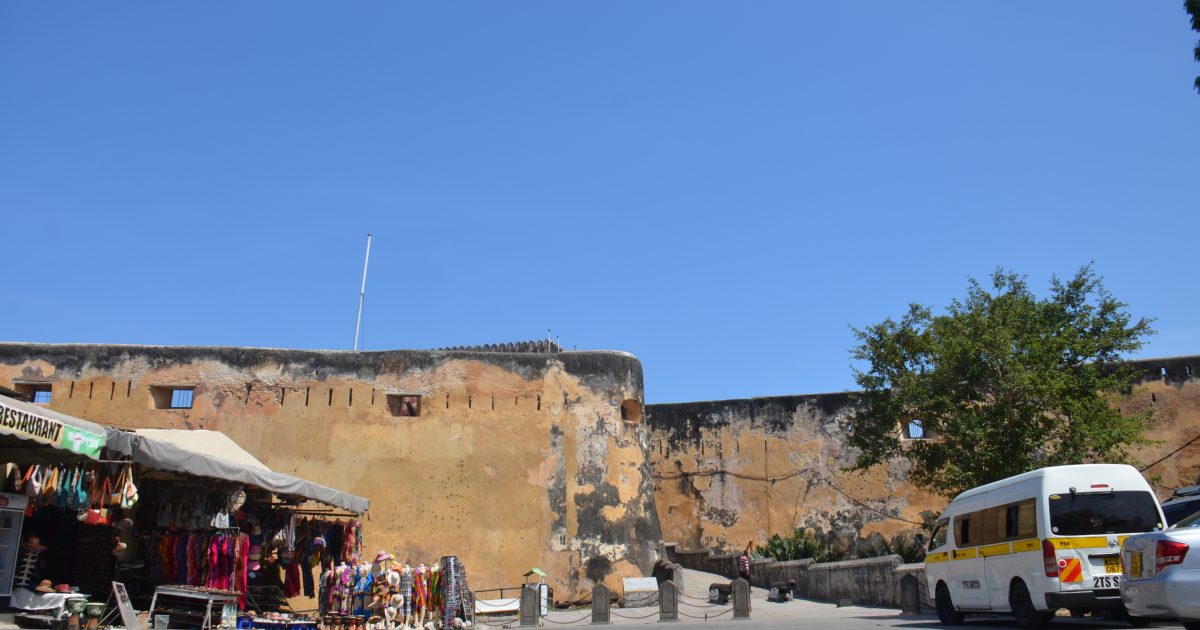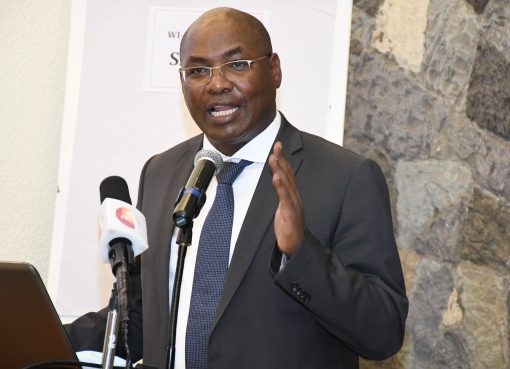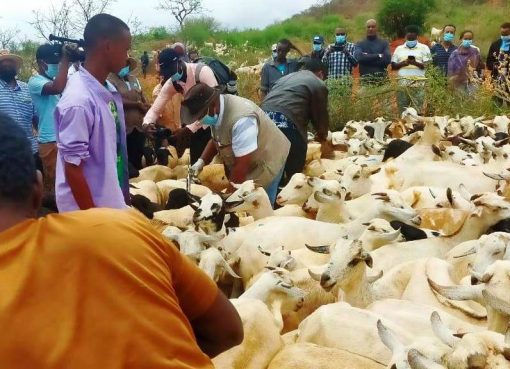Kenya has been elected as a member of the World Heritage Committee during the 24th Session of the General Assembly of State Parties in Paris, France.
The 15th session of the General Assembly of States Parties to the World Heritage Convention elected Kenya and Peru to the World Heritage Committee at the 3rd open ballot.
The World Heritage Committee is composed of the following countries Benin, Canada, Chile, Cuba, India, Israel, Japan, Kenya, Kuwait, Lithuania, Madagascar, Mauritius, Morocco, and the Netherlands.
Other state parties include New Zealand, Norway, Peru, the Republic of Korea, Spain, Tunisia, and the United States of America.
Kenya formally ratified the 1972 Convention concerning the Protection of the World’s Cultural and Natural Heritage, also known as the “World Heritage Convention,” on Wednesday this week.
The committee meets every year to inscribe sites on the prestigious UNESCO World Heritage List and to review the state of sites already on the List and whether action needs to be taken to support their safeguarding. It also maintains the List of World Heritage in Danger.
There are currently 851 cultural or natural sites on the World Heritage List for their unique natural and cultural value, and they are situated in 141 countries including Kenya.
Africa has the highest number of sites on the world heritage list in danger exacerbated by climate change, poor management, armed conflicts, pollution, poaching, and uncontrolled urbanization.
Kenya promotes its world heritage sites and biospheres in a bid to enhance their tourism and economic value to the country.
To become a World Heritage Site, a place such as a monument, forest, island, lake, desert, and mountain has to be recognized for its special cultural and natural value.
Kenya has 7 cultural and natural sites that are designated by UNESCO as World Heritage Sites because of their importance in cultural, historical, natural, and archaeological value.
The cultural sites include the Lamu Old Town, Forte Jesus, The Sacred Kayas of Mijikenda, and the Thimlich Ohinga Archeological Site.
The natural sites are Kenya’s Lake System in the Great Rift Valley (Lake Bogoria, Lake Nakuru, and Lake Elementaita), Lake Turkana National Parks, and Mt. Kenya National Park/Natural Forest.
The forte Jesus built by the Portuguese in 1596 was declared a World Heritage site by UNESCO in 2011 and highlighted as one of the outstanding and well-preserved examples of 16th century Portuguese military fortifications.
By Mohamed Hassan




